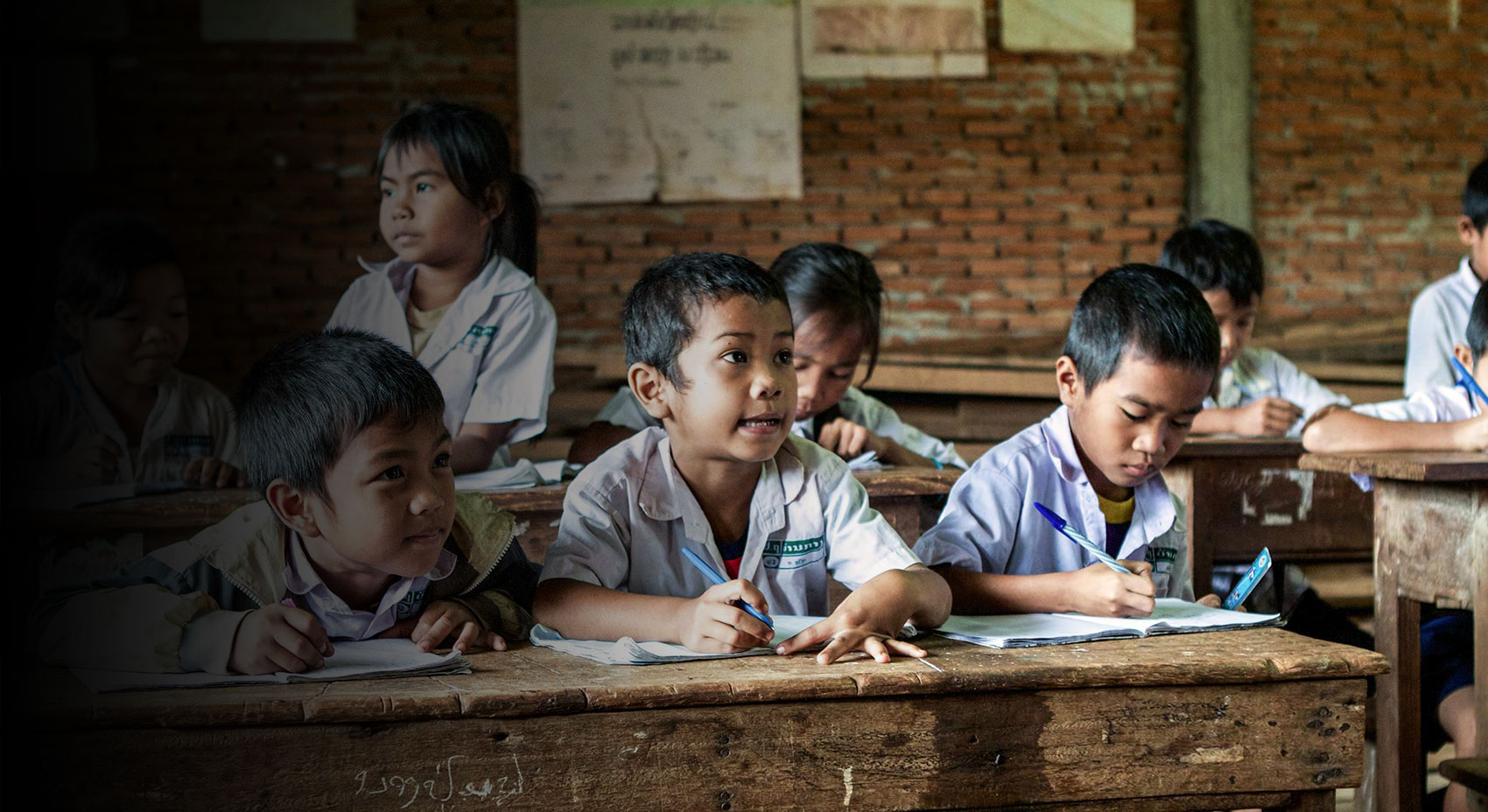OUR 2021–2025 MISSION, TO SAVE LIVES AND PROTECT PEOPLE’S HEALTH BY INCREASING EQUITABLE AND SUSTAINABLE USE OF VACCINES, IS GUIDED BY FOUR STRATEGIC GOALS
The current five-year strategy was approved by the Board in June 2019 – the full implementation of the strategy will see lower-income countries immunise an additional 300 million children, averting 7–8 million future deaths.
Building on successes of the previous strategic periods, Gavi 5.0 has several key shifts to deliver on its mission, including:
- A core focus on reaching “zero-dose” children and missed communities, with equity as the organising principle
- More differentiated, tailored and targeted approaches for Gavi-eligible countries
- An increased focus on programmatic sustainability
- Providing limited and catalytic support for select former and never Gavi-eligible countries
The vaccine goal
Introduce and scale up vaccines.
Go to page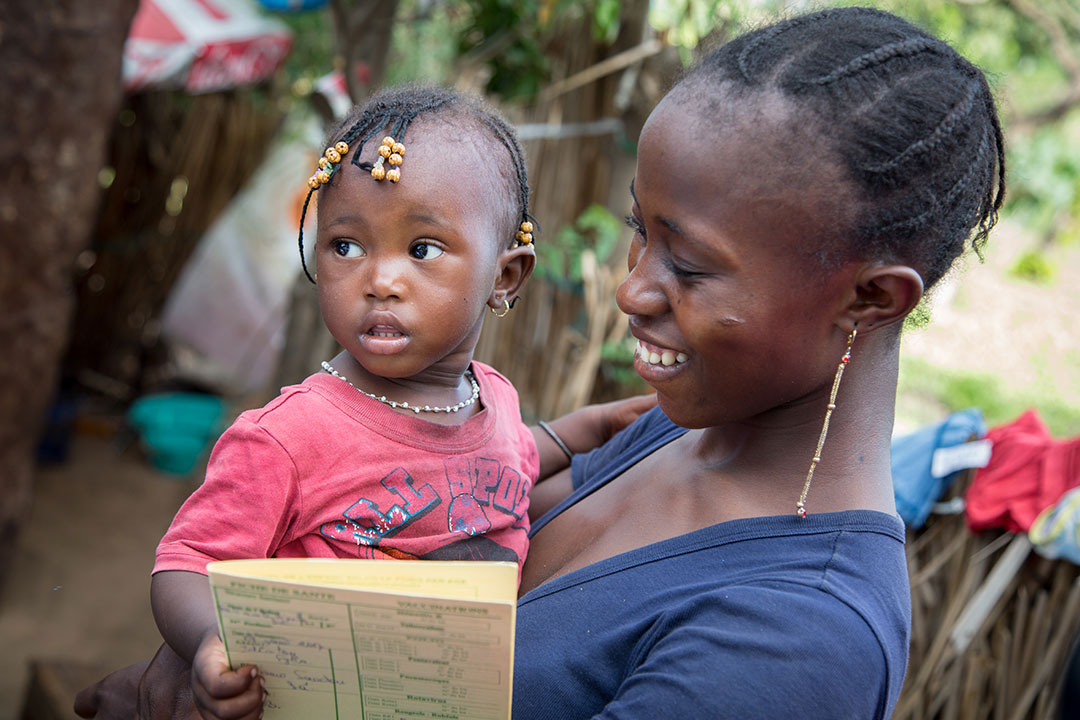
Introduce and scale up vaccines.
Go to pageThe equity goal
Strengthen health systems to increase equity in immunisation.
Go to page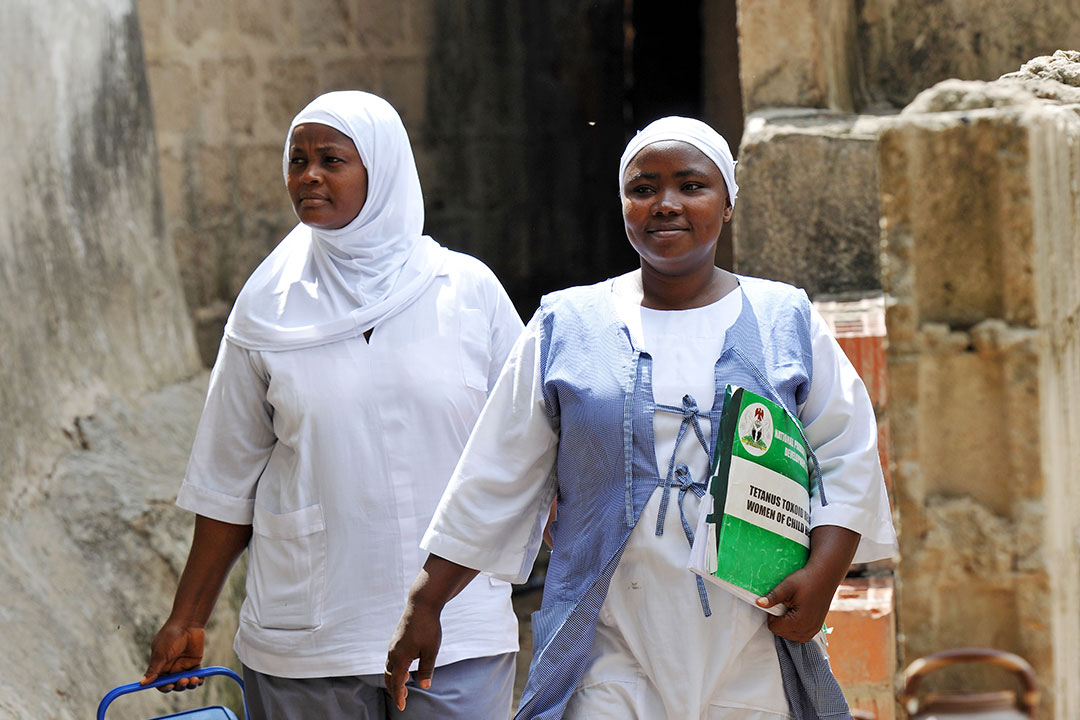
Strengthen health systems to increase equity in immunisation.
Go to pageThe sustainability goal
Improve sustainability of immunisation programmes.
Go to page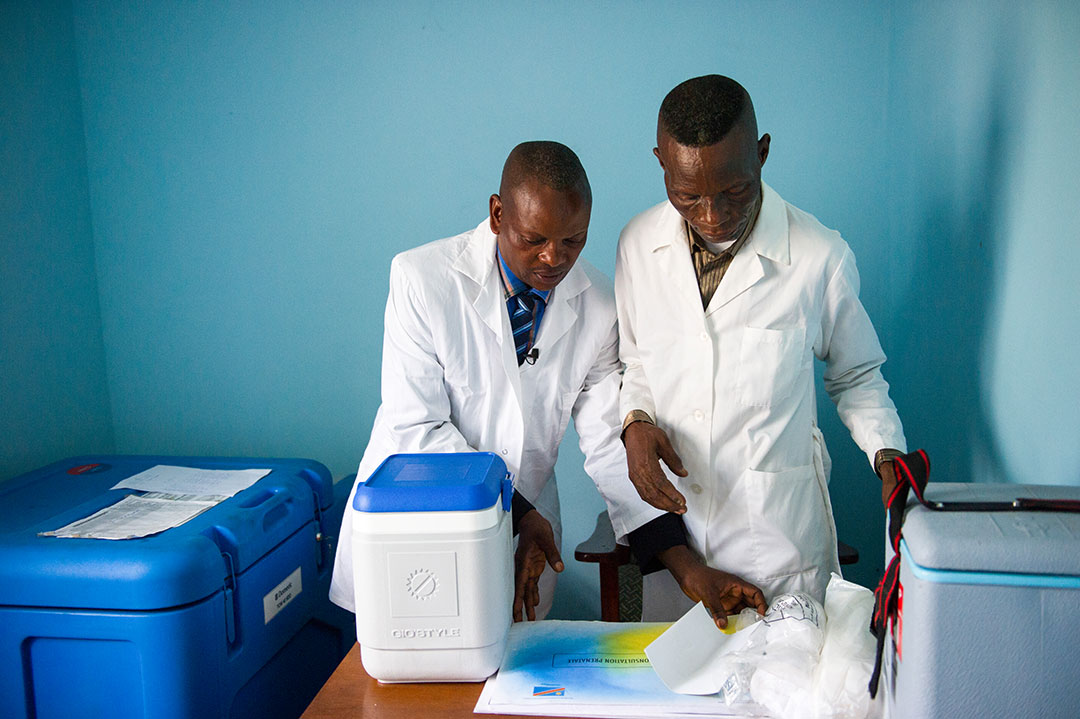
Improve sustainability of immunisation programmes.
Go to pageThe healthy markets goal
Ensure healthy markets for vaccines and related products.
Go to page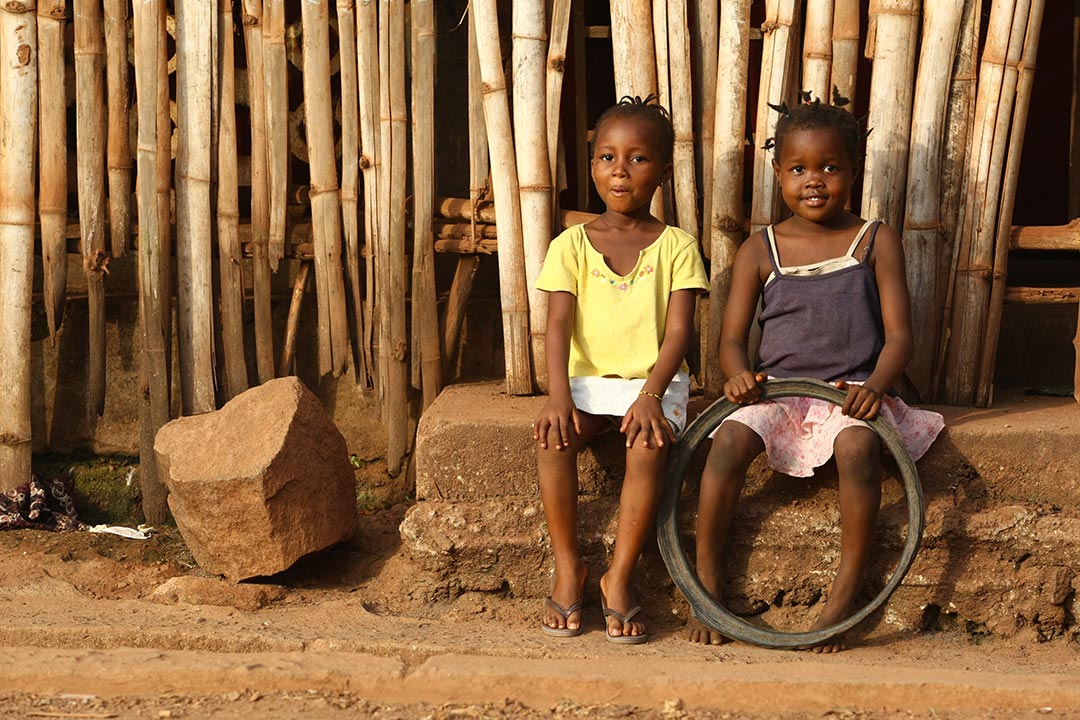
Ensure healthy markets for vaccines and related products.
Go to pageGavi's strategy is a roadmap designed to help us respond to changes in the vaccine landscape and set five-year milestones en route to fulfilling our mission. In June 2019, the Gavi Board approved the fifth phase of our strategy (2021–2025) with a vision of “Leaving no one behind with immunisation”:
-
Phase V (2021–2025)
-
Phase IV (2016–2020)
-
Phase III (2011–2015)
-
Phase II (2006–2010)
-
Phase I (2000–2005)
This section details the strategic objectives and operating principles for the current phase (2021–2025), as well as providing an overview of previous strategies.
You can also learn more about our vaccine investment strategy, which we use to determine which vaccines are made available to countries through our vaccine support programmes. A new strategy is developed every five years, when we take stock of available and expected vaccines and set new priorities through in-depth analysis and widespread consultations. The latest vaccine investment strategy was developed in 2018 and covers the period 2021–2025.
Managing risks to achieve our mission
Systematic risk management helps us to anticipate potential future events and adequately balance risk and reward to achieve our mission and strategic goals.
Go to page
Systematic risk management helps us to anticipate potential future events and adequately balance risk and reward to achieve our mission and strategic goals.
Go to pageGender and immunisation
Gavi works with countries to address gender-related barriers and to ensure all children have equal access to vaccines.
Go to page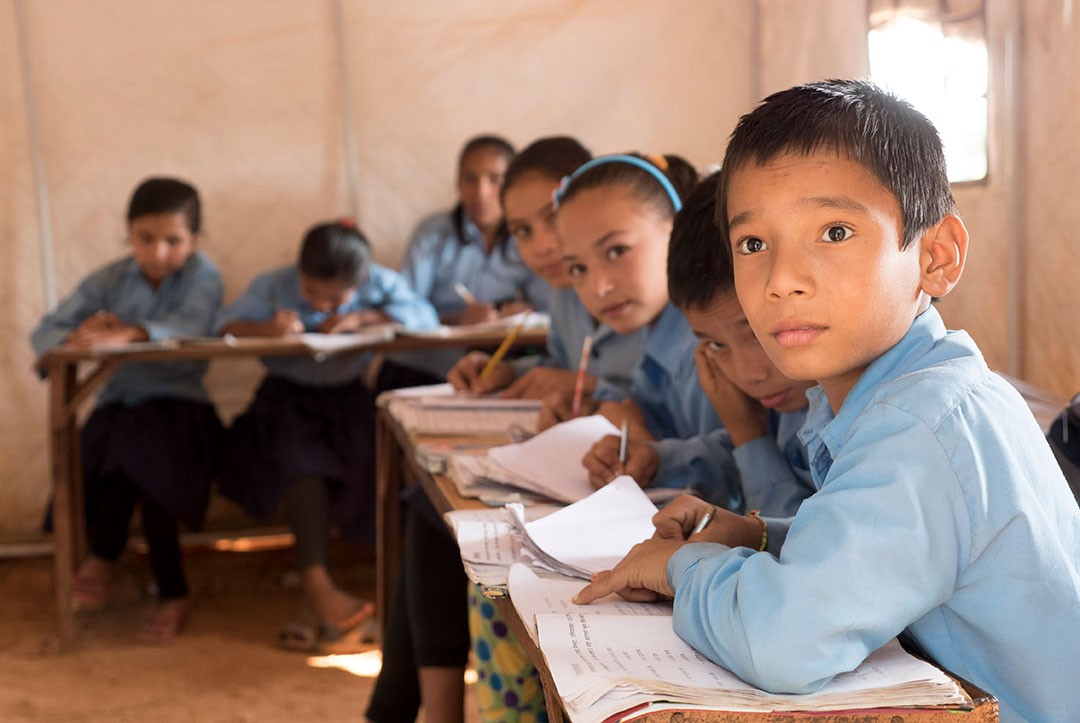
Gavi works with countries to address gender-related barriers and to ensure all children have equal access to vaccines.
Go to page
